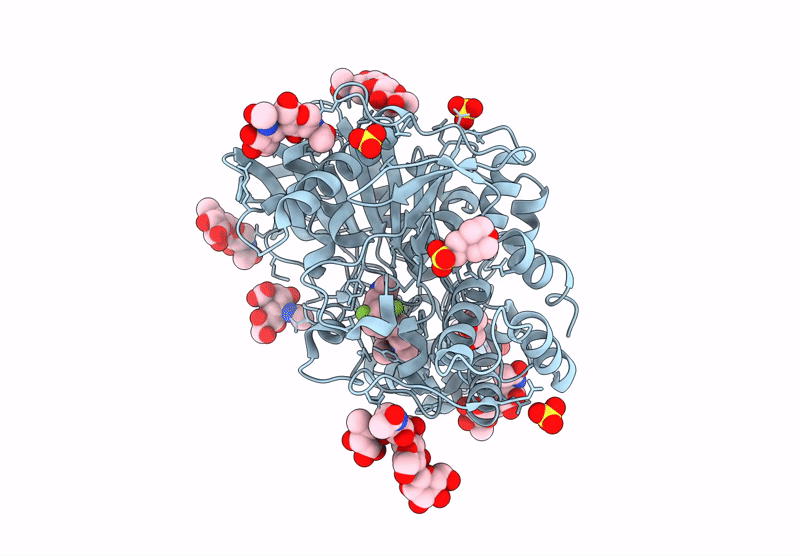
Deposition Date
2025-01-28
Release Date
2025-08-20
Last Version Date
2025-09-10
Entry Detail
PDB ID:
9I5P
Keywords:
Title:
Recombinant human butyrylcholinesterase in complex with 1-(isobutylmethyl)-5-(2,4-difluorobenzyl)-N-(2-(dimethylamino)ethyl)-1H-indazole-6-carboxamide
Biological Source:
Source Organism:
Homo sapiens (Taxon ID: 9606)
Host Organism:
Method Details:
Experimental Method:
Resolution:
2.75 Å
R-Value Free:
0.22
R-Value Work:
0.18
R-Value Observed:
0.18
Space Group:
I 4 2 2


